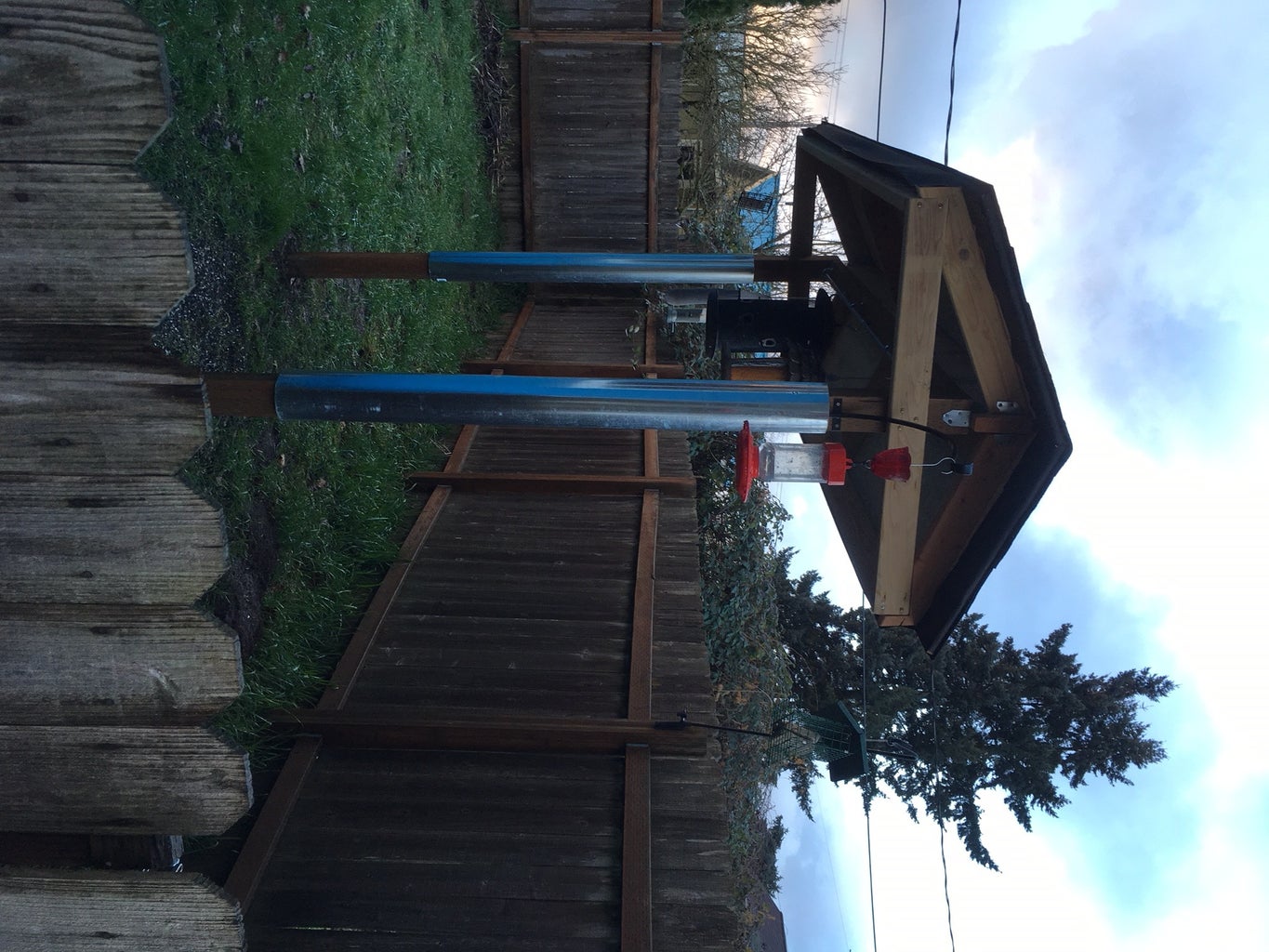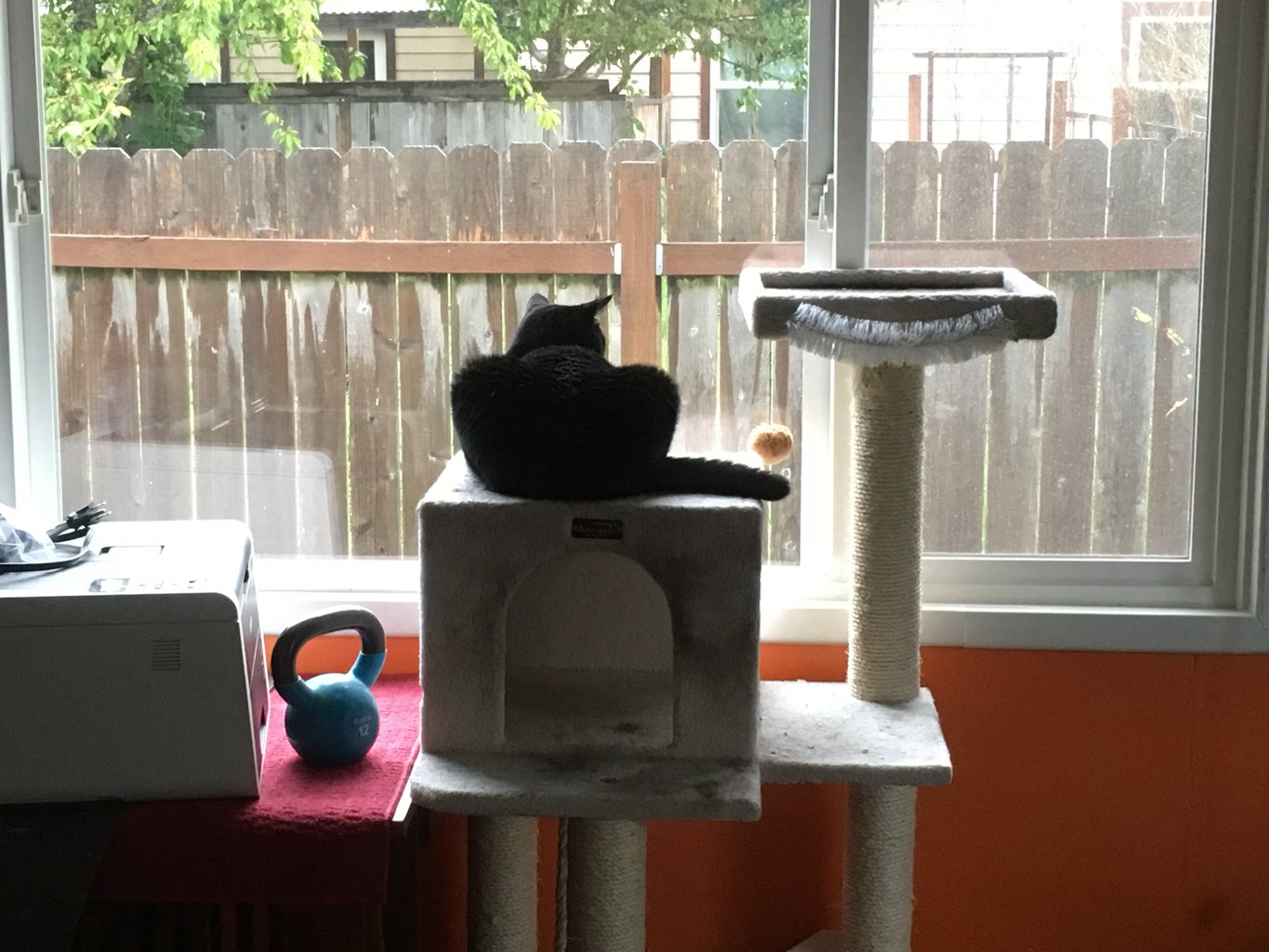For many bird enthusiasts, one of life’s simple pleasures is watching birds gather at backyard feeders. The joy of seeing a diversity of avian species up close in their natural beauty is an experience that never gets old. Setting up proper feeders that attract birds is key to an rewarding birdwatching experience. This is where bird feeding stations with roofs really shine.
Bird feeding stations with roofs provide many benefits that take backyard bird feeding to the next level. Read on to learn why a quality feeding station with a roof should be an essential part of any bird lover’s setup.
Benefits of Bird Feeding Stations With Roofs
Bird feeding stations with roofs offer a number of advantages
-
Protection from weather – Roofs provide shelter from rain, snow, and sun, keeping food dry and birds comfortable. This allows birds to safely feed even in unpleasant weather.
-
Prevents spoiled birdseed – By blocking moisture, a roof prevents seed from becoming moldy and inedible. This reduces waste and saves you money.
-
Deters squirrels – Roofs obstruct squirrels and larger birds from stealing all the seed. More food reaches intended songbird species.
-
Minimizes mess – Seed is contained within the feeder, preventing it from being scattered on the ground. This results in a cleaner yard.
-
Offers perching space – Many roofed stations have perches where birds can comfortably sit and eat without crowding together on feeder perches.
-
Provides shade – Roofs give shade for birds on hot, sunny days so they can safely feed without overheating.
-
Aesthetically pleasing – Feeders with roofs have an attractive, finished look that enhances your backyard decor.
Key Features to Look For
When shopping for a roofed bird feeding station, keep an eye out for these useful features:
-
Durable waterproof roof – Look for roofs made of long lasting metals, recycled plastics, or weather-resistant woods like cedar that will hold up over years of use.
-
Large seed capacity – Aim for stations that can hold multiple pounds of seeds so refilling is less frequent.
-
Mesh floor – Mesh allows water drainage to keep seed dry while containing it within the feeder.
-
Removable roof – Hinged or completely removable roofs make it easy to clean and fill the feeder.
-
Multiple feeding ports – Multiple feeding ports reduce crowding and allow more birds to eat at once.
-
Adjustable perches or trays – Movable parts let you customize the feeder’s setup as needed.
-
Squirrel guards – Baffles or weight mechanisms foil squirrels from stealing seed.
Best Birdseed and Food For Roofed Feeders
To attract the greatest variety of bird species to your roofed feeding station, provide a diverse range of high quality foods:
-
Black oil sunflower seeds – This all-purpose favorite attracts cardinals, titmice, finches, nuthatches, and more.
-
Safflower seeds – Smaller birds like cardinals and finches love these. Squirrels don’t!
-
Nyjer/thistle seeds – Classic food of goldfinches and pine siskins. Use fine nyjer in tube feeders.
-
Peanuts – Chickadees, woodpeckers, and titmice will gorge on whole or chopped peanuts.
-
Suet cakes – High energy suet provides essential fat for insect-eating birds like woodpeckers.
-
Fruit – Dried fruits like raisins, currants, and berries appeal to orioles, bluebirds, and mockingbirds.
-
Mealworms – This protein-rich treat is irresistible to robins and bluebirds.
-
Nectar – Red-hued nectar in hummingbird feeders will attract these flying jewels.
By offering diverse, natural foods that match birds’ wild diets, your feeders will never have a shortage of visitors.
placement Tips
Proper placement of roofed feeding stations can make a big difference in attracting birds:
-
Position 8-10 feet from trees/brush to give birds quick cover from predators.
-
Elevate on pole or hang from tree at eye level for easy watching.
-
Place multiple stations 10-15 feet apart to reduce dominance by bully birds.
-
Angle roofed hopper feeders to shelter food and perches from wind and rain.
-
Install effective squirrel baffles above all feeders.
-
Move feeders periodically to redistribute seeds on the ground to benefit ground feeders.
Benefits for Birds
Providing proper bird feeding stations with roofs doesn’t just enhance the birdwatching experience. It also provides vital support and nutrition to local and migrating bird populations when natural food sources may be scarce.
-
Sustenance in winter – Birds depend on feeders for critical energy and fat reserves during frigid winters when insects and fruits are unavailable.
-
Fuel for migration – Migrants can more than double their body weight in fat before multi-day trips. Feeders provide the fuel they need.
-
Shelter from storms – Feeder roofs allow birds to safely ride out storms and find respite from the elements.
-
Water source – Birdbaths can provide much-needed drinking and bathing water, especially in dry conditions.
-
Habitat oases – Backyard feeders provide pit stops for birds traveling between fragmented urban green spaces and nature preserves.
The bottom line is that thoughtful feeding station placement provides a lifeline for birds when they need it most.
Top-Rated Roofed Bird Feeding Stations
With hundreds of feeders to choose from, quality can really vary. These well-reviewed roofed feeding stations from reputable brands rise above the competition:
-
Woodlink Cedar Fly-Thru Bird Feeder – All-cedar hopper feeder blends into nature with handcrafted quality. Squirrel resistant.
-
Nature’s Way Cedar Platform Feeder – Rustic platform feeder with charming wood construction. Drain holes keep seed fresh.
-
Songbird Essentials Cathedral Style Feeder – Architecturally inspired design with plastic dome roof and generous seed capacity.
-
Perky Pet Pagoda Bird Feeder – Distinctive curved roof on metal and glass hanging feeder. Removable plastic tray.
-
Gray Bunny GB-6015 Feeder – Plastic hopper feeder with built-in birdbath. Adjustable tray depth to accommodate different seed types.
-
Aspects 375unittest Positive Lock Roof – Converts any hopper or tube feeder into a weatherproof station. Durable polymer roof.
Enhance Your Birdwatching Experience
For avid birders, few things can beat watching a steady parade of colorful birds arriving at well-stocked feeders right outside your window. Bird feeding stations with roofs provide safe, dry shelters that songbirds naturally gravitate towards. They keep food fresh longer while deterring unwanted critters. And their tailored designs fit seamlessly into any backyard.
When paired with a variety of nutritious seeds and foods that appeal to many species, roofed feeding stations become neighborhood hotspots abuzz with the sights and sounds of nature’s feathered treasures. So upgrade your feeders today and take your birding enjoyment to new heights! Just be sure to position stations properly and maintain them well to ensure wild birds always have a welcoming place to visit.

Introduction: Bird Feeder Shelter


We recently moved into a new house which has huge picture windows. One of the side windows looks out onto a narrow side yard. Because we wanted our cat to have something fun to watch, we put a big tree in front of that window and hung a few bird feeders on the fence outside. It worked, but the feeders were too low, the big hooks were pricey, and the seed got wet because we live in the great Pacific Northwest. So we needed a better solution.
Step 5: The Roof Supports



Now we could move on to the roof. I read regular construction books and looked them up online to learn how to do roofing. The shed instructions were the most helpful, which makes sense since they were for small, light buildings. Because I couldn’t find anything specific about the roof I wanted, I made it up (sorry to people who know about roofs!)
We already knew the exact size of the roof panels: they were 2 feet by 8 feet, which was the length of the two halves of the original 4x8x3/4 plate. This drove all of our remaining roof measurements. A 2ft piece of scrap plywood helped me figure out the angle. I wanted the roof to be between a 5/12 pitch (it would drop 5 inches for every 12 inches of run) and a 6/12 pitch (it would drop 6 inches for every 12 inches of run). That would be sufficient to protect the feeders, but not obscure the view of them. There was also an overhang of 2 inches on the 24-inch width of the plywood, which I chose to use.
Now, I used the Pythagorean Theorem to figure out that my existing roof panel (24 inches minus 2 inches of overhang) was basically the hypotenuse. In a right triangle, the square of the hypotenuse equals the sum of the squares of the other two sides. I put the crossbar (the b in the equation) down about 8 inches below the top of the roof ridge based on that math. We secured the crossbar on each side with screws, then cut two 2x4s to connect them. This essentially created a “box”.
A piece of 8-foot plywood had to be held up, so we put three rafters on each side of the roof ridge. The first rafter we cut from 1×4. Based on the earlier math, we cut the rafter to about 23 inches, put a joist hanger on one end, and then held it up to figure out where the “birdsmouth” cut should be so it would fit on the “box.” We also marked the spot where the rafter’s end needed to be cut off so that it would line up with the plywood top. Once we had this template rafter, we cut the remaining two for the one side of the structure. Everything was then screwed into place. We did the same thing again on the other side, though our measurements had to be slightly different.
Bird Feeding Station Wooden | Bird Feeding Station with Roof
FAQ
Should a bird feeder have a roof?
How to build a bird feeding station?
Do birds like platform feeders?
Where is the best place to put a standing bird feeder?
